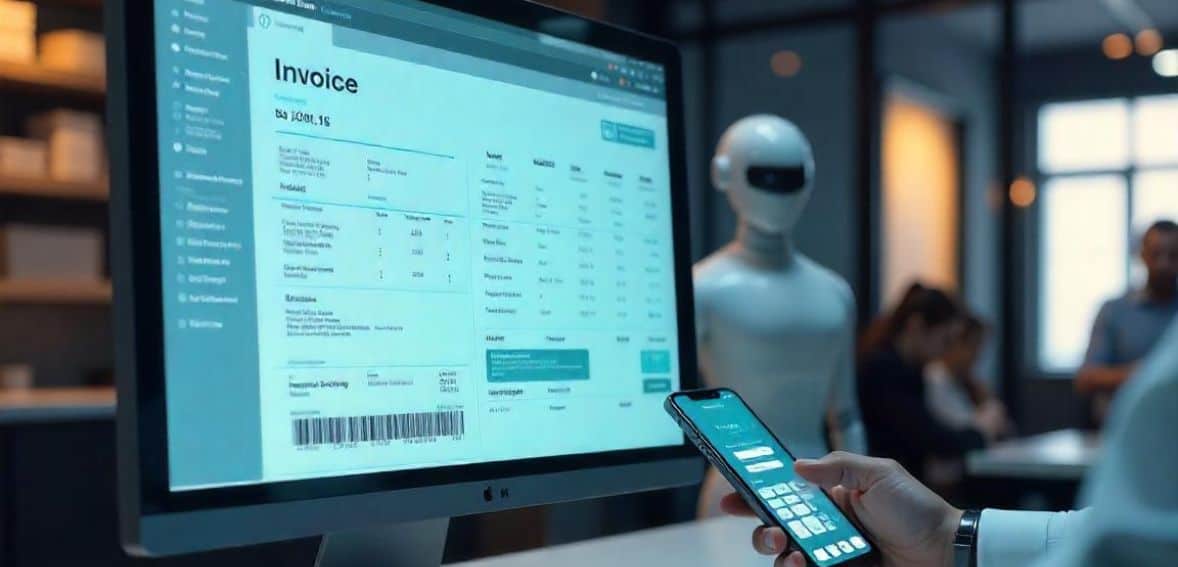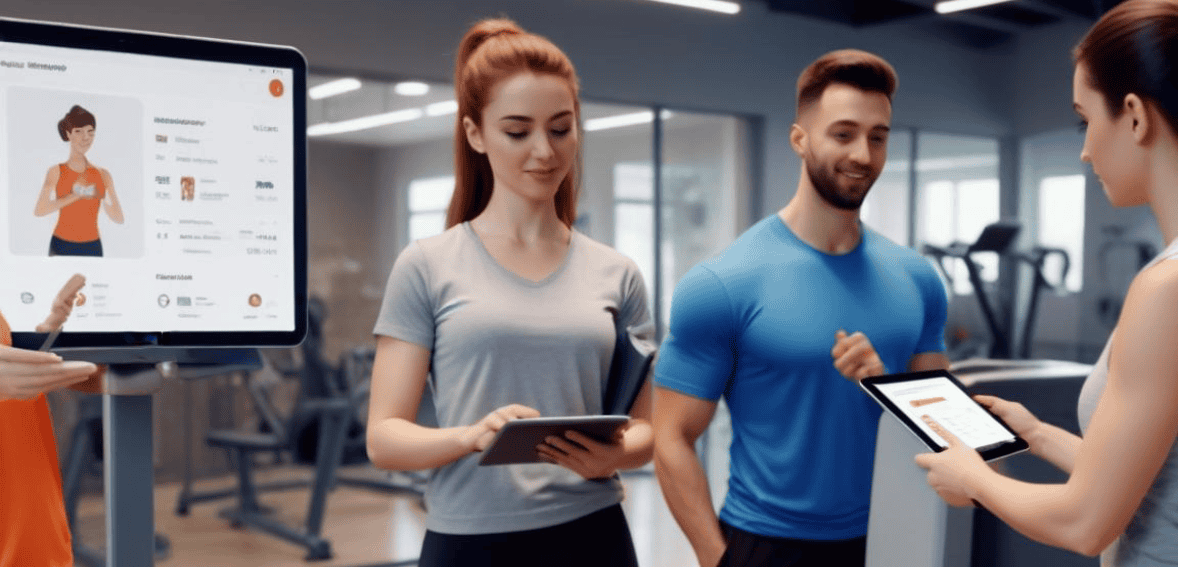
Top 8 Features to Look for in Gym Management Software
Are you starting your gym or fitness studio? Having reliable, feature-rich gym management software is crucial to performing and automating crucial everyday tasks. Having gym management software with features tailored to your business is vital to the long-term success of your gym.
But the market is filled with thousands of options, and choosing the right one can be a real headscratcher. To help you narrow down the right bunch of options, we will look at the top eight features you should absolutely have in gym management software.
The Need For Efficient Fitness Management

Fitness management is really important for your establishment; it directly impacts the success of any fitness-related business, encompassing a range of responsibilities from daily operations to strategic planning. Key components include member engagement, class scheduling, payment processing, and marketing initiatives. By implementing robust management practices, fitness centers, gyms, and martial arts schools can enhance member experiences, boost retention rates, and drive business growth.
A comprehensive approach to fitness management covers several key areas. Engaging with members helps build strong relationships, fostering loyalty and satisfaction. Efficient class scheduling ensures that sessions meet member needs while optimizing available resources. Smooth payment processing simplifies financial transactions, making them accurate and convenient. Additionally, well-planned marketing strategies help attract new members while keeping current ones engaged.
Utilizing specialized management software can further streamline these processes, allowing fitness professionals to focus on delivering exceptional services.
Important Features to Look for in Gym Management Software
Choosing the right gym management software requires understanding the key features that improve efficiency and enhance member experience.
1. User-Friendly Interface
When selecting gym management software, one of the primary considerations should be the ease of use for gym staff and members. A user-friendly interface simplifies daily operations and enhances customer engagement, making it a critical component in the overall effectiveness of the software. The interface should be intuitive, allowing users to navigate through various functions like scheduling, membership management, and billing without extensive training. This streamlines operations and reduces the potential for errors and operational delays caused by complicated systems.
A clean and straightforward user interface in gym management software ensures quick access to necessary information such as class schedules, membership details, and client preferences. This is particularly beneficial as it saves time, reduces administrative burden, and enhances the ability for members to self-serve, significantly improving their experience and satisfaction with the gym’s services. An optimal interface will include well-organized layouts, clear labels, and logical navigation paths that help users accomplish tasks more efficiently. The aim is to minimize the learning curve and maximize productivity, allowing gym staff to focus more on member interaction and less on software management.
Plus, the simplicity of the interface directly impacts the onboarding process for new staff and the adoption rate among members, who may use the system to track their progress, book classes, or manage their memberships. Therefore, choosing a system with an excellent user interface is not just about aesthetics but about fundamentally improving the operational efficiency and member satisfaction of your gym.
2. Automated Billing

A robust gym management system streamlines the billing process through automated payment collection. This feature ensures that membership fees are collected promptly, reducing the likelihood of missed or late payments.
Members can set up recurring payments using their preferred payment methods, providing them with a hassle-free experience. For gym administrators, this automation minimizes manual tracking and follow-ups, allowing staff to focus on enhancing member services. Additionally, automated billing systems often include features like invoicing and payment reminders, further ensuring timely collections and accurate financial records.
3. Attendance Tracking
Effective attendance tracking is a vital component of a comprehensive gym management system. By monitoring member attendance, gym owners can gain insights into member engagement and identify patterns that may indicate declining interest or potential cancellations. This data enables proactive engagement strategies, such as reaching out to members who have decreased their visit frequency.
Plus, attendance records can inform decisions on class scheduling and capacity management, ensuring that popular classes are adequately staffed and less popular ones are re-evaluated. Accurate attendance tracking also aids in maintaining safety protocols by monitoring facility occupancy levels.
4. Scheduling Management
Effective scheduling management in gym management systems ensures seamless operations, regardless of the number of trainers, facilities, or classes offered. These systems are crucial for maximizing the use of resources, avoiding booking conflicts, and enhancing member satisfaction. A well-designed gym management system integrates a user-friendly calendar that allows staff to manage and adjust schedules as needed efficiently. This not only simplifies the booking process but also provides clear visibility into resource utilization, ensuring that no class is overbooked or underutilized.
The core capabilities of these systems include managing recurring sessions, handling instructor assignments, and setting participant limits to prevent overcrowding. For gyms with high demand for certain classes, features like waitlist management and automated notifications help keep members engaged and informed. Additionally, modern gym management systems offer online booking options, which add convenience for members and reduce administrative burdens on staff. The plus point is that it streamlines operations and meets the expectations of self-reliant gym-goers who prefer handling their schedules online.
5. Member Management

Practical member management features in gym management software are crucial for optimizing administrative tasks and enhancing member engagement. Such features help gyms maintain accurate member profiles, streamline billing and payments, track attendance accurately, and manage membership renewals efficiently.
Core Aspects of Member Management:
Profile Management: The software should provide comprehensive tools to manage member data, including contact information, membership status, and health records. This centralized data management helps in maintaining up-to-date records that are accessible for quick reviews and updates.
Billing and Payments: Integration with reliable payment gateways is essential for processing fees from memberships, classes, and other services. Features like direct debits and payment reminders, other than the automated billing we discussed above, simplify financial transactions and ensure timely collection of dues.
Attendance Tracking: Robust attendance systems track member check-ins for classes and gym access and provide insights into member participation. This data is crucial for understanding member habits and preferences, which can aid in tailoring services and promotions.
Membership Renewals: Automated reminders and easy renewal processes enhance member retention. The software should allow members to renew their memberships effortlessly, possibly with incentives for early renewal or loyalty.
Access Control: For gyms offering 24/7 service, integrated access control systems ensure that only current members can use the facilities, enhancing security and member convenience.
Communication Tools: Effective communication features like email, SMS integration, and notifications about classes, membership renewals, or gym events are essential for keeping members informed and engaged.
6. Member App
A member’s app is becoming an essential tool in the fitness industry, crucial for enhancing the overall member experience at gyms. Such apps allow members to sign up at their convenience, access a wide array of services, manage personal details, and more. Members can book classes, join waitlists, view their schedules, and update personal information directly from their phones, adding a layer of convenience and personalization to their gym experience.
This accessibility not only satisfies modern customer expectations but also aligns with the ongoing digital transformation in the fitness sector. Integrating a mobile app streamlines various gym operations, significantly boosting operational efficiency by reducing administrative tasks and fostering stronger member engagement.
7. Staff App

A staff app is increasingly becoming an essential tool for gym management, providing comprehensive functionality that enhances both staff efficiency and member service. Such apps allow gym staff to access crucial information and perform various operational tasks anywhere, significantly simplifying day-to-day activities. Key features typically include real-time access to key performance indicators (KPIs), member profiles, gym attendance, and the management of bookings and classes. This mobile capability ensures that staff are always equipped with the latest information, enhancing their ability to make informed decisions and respond promptly to member needs.
Plus, a staff app improves operational efficiency by allowing employees to handle administrative tasks directly from their devices, such as managing access controls, sending communications, and updating schedules. This saves time and reduces the likelihood of errors associated with manual entry. Enhanced communication features within the app foster better coordination among staff and between staff and members, leading to improved customer service and a personalized gym experience. By integrating such technology, gyms can operate more smoothly, maintain high standards of member service, and stay competitive in a rapidly evolving fitness industry.
8. Reporting and Analytics
When choosing gym management software, it’s crucial to opt for one that includes comprehensive reporting and analytics capabilities. This feature is essential not only for tracking standard metrics such as revenue, membership growth, class attendance, and staff performance but also for providing deeper insights into operational efficiency and member engagement.
With real-time analytics, you can identify popular classes, monitor member retention, and adjust your marketing strategies effectively. This level of data access allows for proactive management, ensuring you can swiftly adapt to meet your members’ needs and drive your gym’s success. Dynamic reporting tools offer customization options to focus on specific data points, making it easier to make data-driven decisions that can enhance both day-to-day operations and long-term strategic planning
Conclusion
Choosing the right gym management software is essential for streamlining operations, improving member engagement, and ensuring long-term success. The right system should include key features like automated billing, attendance tracking, scheduling management, and user-friendly interfaces to enhance efficiency and user experience. Additional tools, such as member and staff apps, reporting and analytics, and integrated communication features, can further optimize daily operations and business growth.
Investing in a software solution with these capabilities allows gym owners to focus on delivering quality fitness services while reducing administrative burdens. As the fitness industry continues to evolve, having a reliable and feature-rich management system will help your gym remain competitive and responsive to member needs.

Leave a Reply